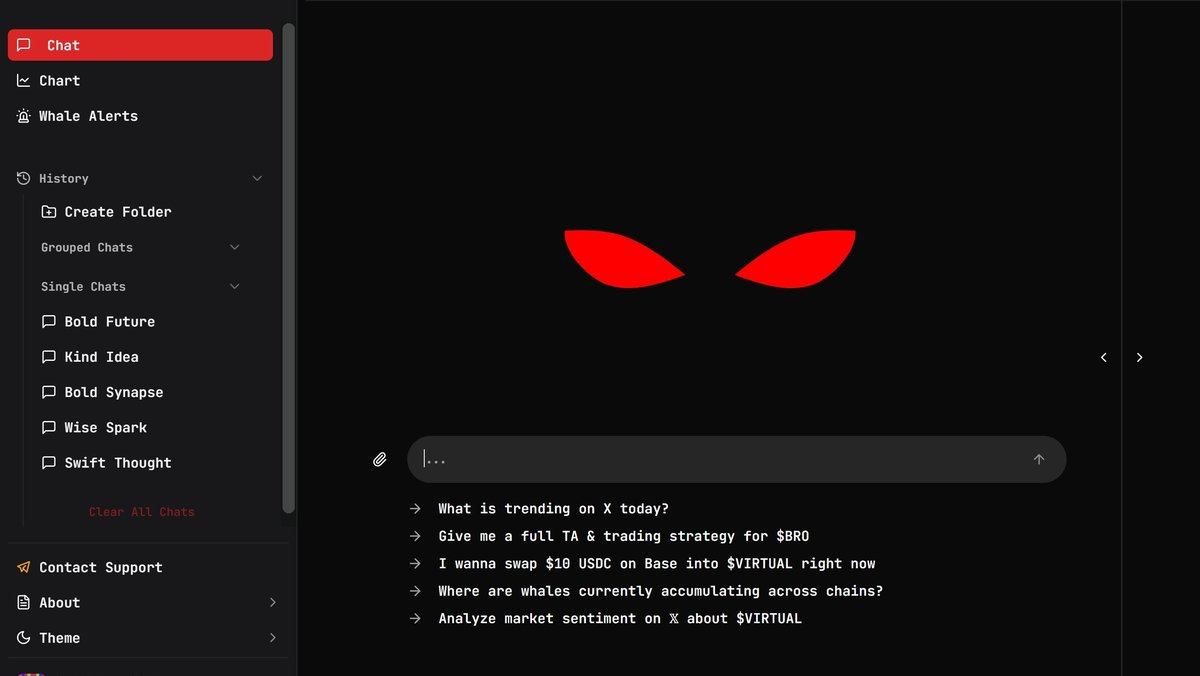How to Avoid High Withdrawal Fees on Exchanges
One of the most common frustrations for cryptocurrency traders is the cost of moving funds from one exchange to another. While trading fees often get the spotlight, withdrawal fees can quietly erode profits if not managed properly. In this guide, we will explore why withdrawal fees exist, how they vary across exchanges, and what strategies you can use in 2025 to minimize them without sacrificing security.
Why Exchanges Charge Withdrawal Fees
Withdrawal fees cover the cost of processing blockchain transactions and, in some cases, add an additional service charge imposed by the exchange. Exchanges justify these fees as necessary to maintain infrastructure, security, and liquidity. However, the actual cost of a blockchain transaction (gas fee) may be much lower than what exchanges charge, meaning users often pay more than the base network fee.
Factors Affecting Withdrawal Fees
- Network congestion: When a blockchain is busy, transaction fees rise.
- Exchange policy: Some exchanges charge a flat fee, while others use dynamic pricing based on blockchain conditions.
- Asset type: Tokens like Bitcoin and Ethereum often carry higher withdrawal costs than stablecoins on cheaper blockchains like Tron (TRC-20).
- User level: Premium users or VIP tiers may enjoy reduced withdrawal fees.
Strategies to Minimize Withdrawal Fees
1. Choose the Right Network
When withdrawing stablecoins like USDT, select networks with lower fees such as TRC-20 or BEP-20 instead of ERC-20. Always confirm that the receiving exchange supports the chosen network.
2. Consolidate Withdrawals
Instead of making multiple small withdrawals, batch your transactions to reduce cumulative fees. This approach is especially effective for active traders moving funds frequently.
3. Use Exchanges with Zero-Fee Withdrawals
Some platforms periodically offer free withdrawals for specific tokens or stablecoins. Researching fee structures before choosing an exchange can save significant costs over time.
4. Leverage Layer 2 Solutions
Ethereum Layer 2 networks like Arbitrum and Optimism are lowering withdrawal costs. Some exchanges now allow direct withdrawals to these networks, bypassing expensive Ethereum mainnet fees.
5. Convert Before Withdrawing
Converting assets into tokens with lower withdrawal fees (e.g., converting BTC to USDT TRC-20 before withdrawal) can reduce costs. Be mindful of exchange rates and spreads when applying this strategy.
Hidden Risks of Chasing Low Fees
While minimizing fees is important, it should never compromise safety. Choosing obscure blockchains or exchanges with poor reputations can expose you to greater risks of hacks or lost funds. Security and reliability should remain the top priority.
Future of Withdrawal Fees
By 2025, competition among exchanges is driving more transparent fee structures. Regulatory pressure is also pushing platforms to disclose actual blockchain costs versus markup. Innovations in cross-chain bridges and interoperability protocols promise to further reduce withdrawal expenses.
Frequently Asked Questions
Why are withdrawal fees so high? They reflect both blockchain gas costs and the exchange’s added service charge.
Which networks have the lowest withdrawal fees? TRC-20 and BEP-20 are generally cheaper than ERC-20. Layer 2 solutions are also lowering costs.
Is it safe to always choose the cheapest network? Only if both the sending and receiving exchanges support that network. Always double-check compatibility.







